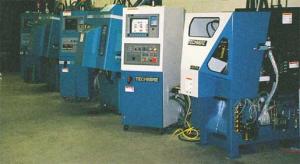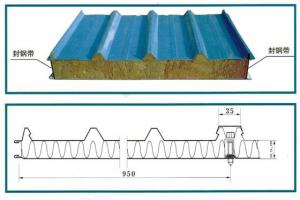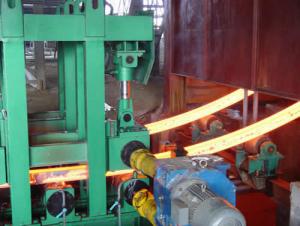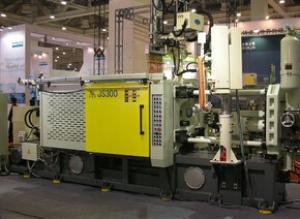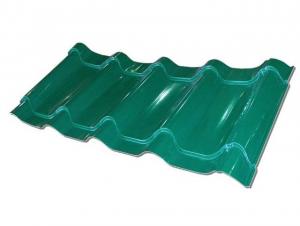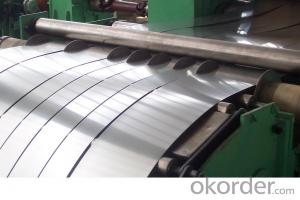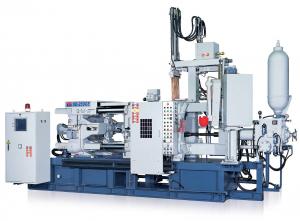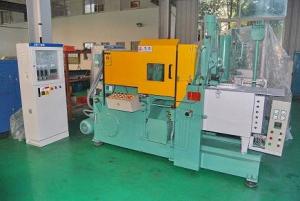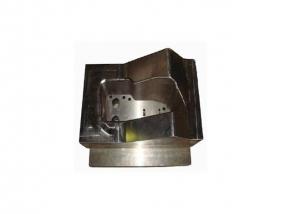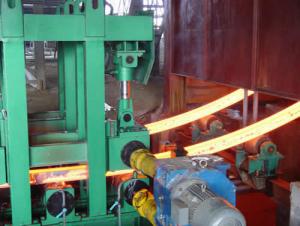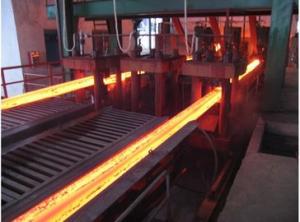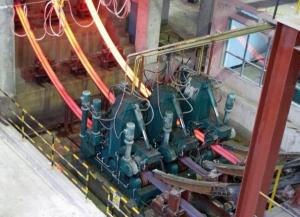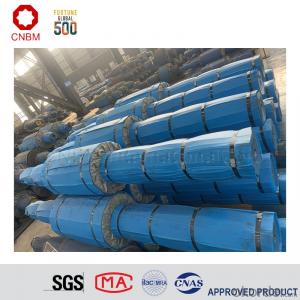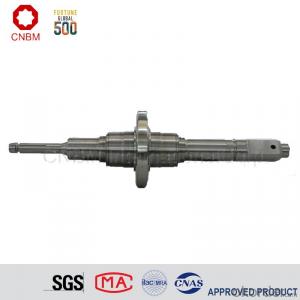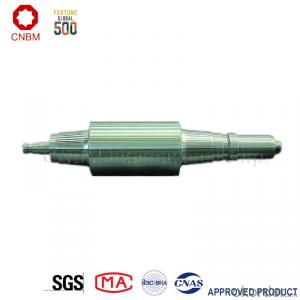Specifications
1.30years experience
2.small die casting machine
3.Lead,zinc alloy
4.Reliable and safe
5.Efficiency
Technology process:
1.Heat the EVA film
2.Cover the heated EVA film on the mould(can be made from wood or aluminum)
3.Spray a coating in a certain baume degree
4.Put on the empty blask
5.Sand-up the flask and vibrate to compaction
Packaging & Delivery
Packaging Details:The height of machine 1.935 m nude packing of machine and wooden case of spares parts
Delivery Detail:15-20 days
